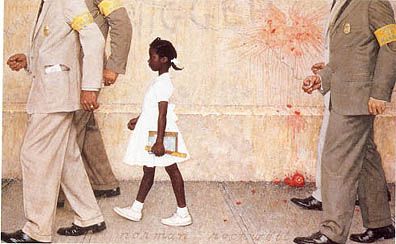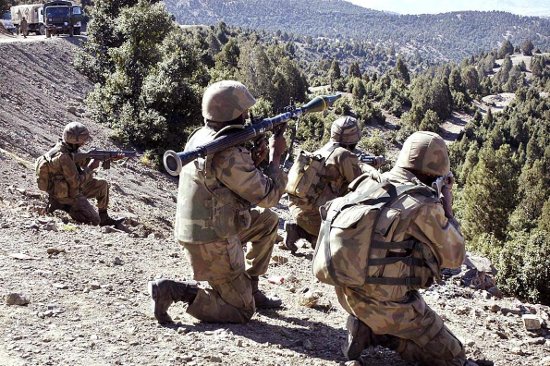Entry 5: Connections
When thinking of Malala, the first things that I think of are her standing up for women’s rights, centralized in education, her bravery, and the icon that she now is for the world. “I Am Malala” connects the many stories of Ruby Bridges through the similarities in the protagonist in both stories. Ruby Bridges was also an education icon who broke the color barrier in schools in the south. She was one of the first African-American children to go to an all white segregated school. Although there was much controversy and opposition to this, Ruby, only six at the time, was oblivious to the racism and kept walking proudly to the front door of her new school. Ruby Bridges fought against racism, while Malala fought against sexism. Both continue to fight for these rights today. Ruby and Malala are both inspirations and role models for other people fighting today for equality in education. One of the things that inspires people the most about their campaigns was their age when they took action. Ruby was six when she broke the color barrier, and Malala had been fighting for her education for her entire life. Both are brave women who started out as young girls with dreams. These are women who spoke out for what they believed in, and resisted the urge to conform to public opinion.
Malala and Ruby Bridges are two of the most recognized icons associated with equality in education, and most likely always will be. People all throughout America are moved by the story of little Ruby walking to her school, surrounded by escorts. This scene is also what inspired Norman Rockwell’s painting, which is displayed in many places, including the White House. Malala has been an inspiration on a much larger scale. She is now a world-wide icon after she was shot point blank by the Taliban and survived. That is another aspect that makes Malala and Ruby such inspirations. Both had to stand strong in the face of violence, and continued to go on fighting for their cause. This characterizes them as perseverant and brave, yet another similarity between the personalities of these inspiring women, trying to fight for equal rights in education.
 |
| Norman Rockwell's painting of Ruby Bridges |
 |
| Malala on the cover of Time Magazine |



